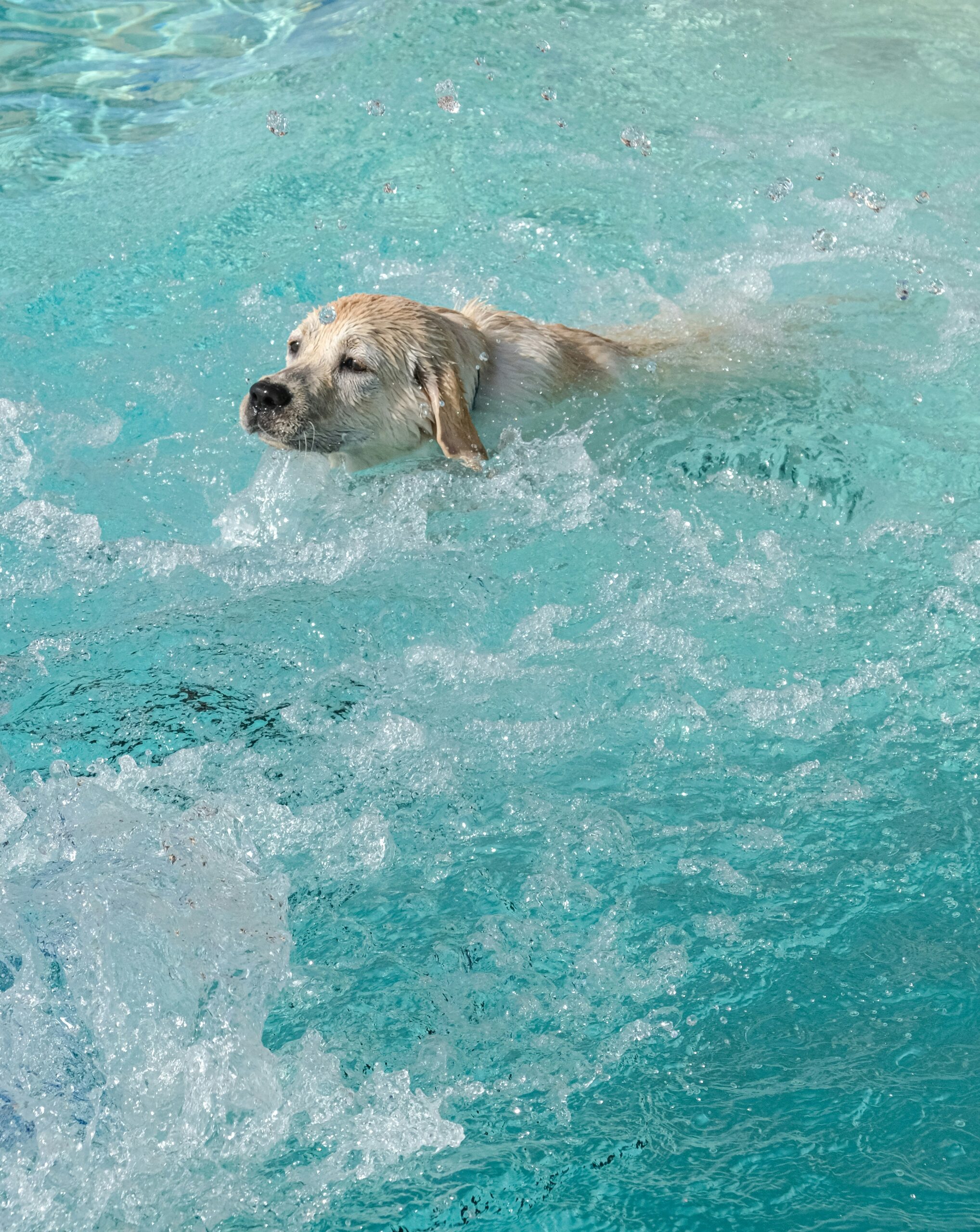Welcome to our article on the implantation of microchips in dogs. In this text, we will explore the many advantages this technology offers, how it is implemented and how it ensures peace of mind for pet owners by increasing the likelihood of reunion in case of loss. In addition, we will provide essential tips for registering and keeping your pet's microchip active.
Benefits of microchipping dogs
Microchipping has become an indispensable tool to ensure owners' peace of mind and dogs' welfare. Among its many benefits is the ability to uniquely and permanently identify your pet, which translates into a significant increase in lost animal recovery rates.
Some of the main advantages of implanting a microchip in your dog include:
- Unique identification: Each microchip has a unique number, which functions as a fingerprint for your dog.
- Increased probability of return home: In case of loss, any shelter or veterinary clinic equipped with a suitable scanner can identify the owner through the microchip.
- Stress reduction: Owners can feel more at ease knowing that their dogs are safely identified.
- No battery required: Unlike other tracking devices, the microchip does not need to be recharged, thus providing continuous identification.
The security of knowing that their pet can be identified and returned if found provides enormous emotional relief to owners.
How a microchip for dogs works
A microchip is a tiny device, about the size of a grain of rice, that is implanted under the dog's skin, usually between the shoulder blades. It is composed of a unique identification number and contains no battery, which means that the chip remains inactive until it is scanned.
The scanning process is performed using a microchip reader, which emits a very low radio frequency that "wakes up" the microchip, allowing it to send the identification number to the reader. This information is displayed on the reader's screen, allowing shelters or veterinarians to access the dog's record in a central database.
Owners should be sure to register the microchip identification number in an appropriate database. This registration allows immediate linkage of the microchip number to the pet owner's personal information, such as address and phone number, which is crucial for a quick reunion.
Maintenance: It is vital to keep all your contact information updated in the database associated with the microchip to ensure that you are always ready to assist in the dog's recovery.
Microchip implantation process
Microchip implantation is a quick and relatively painless procedure that can be performed by a qualified veterinarian. The following is an explanation of the process:
- Initial consultation: The health status of the dog is evaluated prior to any procedure.
- Implantation: Using a special needle, the veterinarian carefully inserts the microchip under the dog's skin.
- Verification: After implantation, the microchip is scanned to confirm that it is operating correctly.
The entire process usually takes only a few minutes. Because of its similarity to a standard vaccination, most dogs endure the procedure without the need for sedation. In addition, once implanted, the microchip ensures permanent identification, something that ID tags and collars cannot ensure due to their susceptibility to being lost or removed.
Tips for microchip registration and maintenance
Properly registering the microchip is essential to ensure the prompt return of your pet. Here are some essential tips for registering and keeping your dog's microchip active:
- Initial registration: Immediately after microchip implantation, be sure to register the identification number in a selected database. Many veterinary clinics offer initial registrations as part of the implantation service.
- Maintain updated data: Changes of address or contact information must be reported to the database to ensure that the record remains valid.
- Periodic verification: Ask your veterinarian to scan your dog's microchip during each check-up appointment to confirm proper functioning.
Taking precautions with your registered information can make all the difference in your pet's successful return - make microchipping at the top of your dog's health maintenance list!
At the end of the day, the microchip in your dog would act as a silent lifeline, always present and ready to help in case of need. With simple implantation and proper maintenance, this small technological investment can facilitate a happy and safe reunion.



